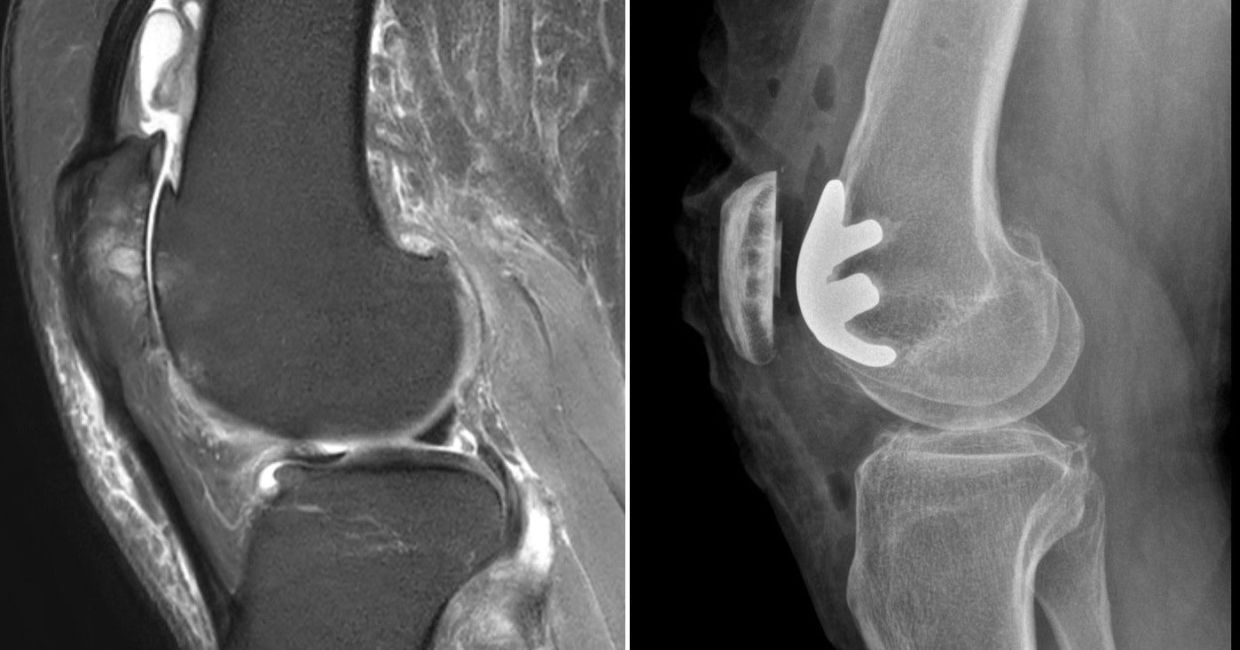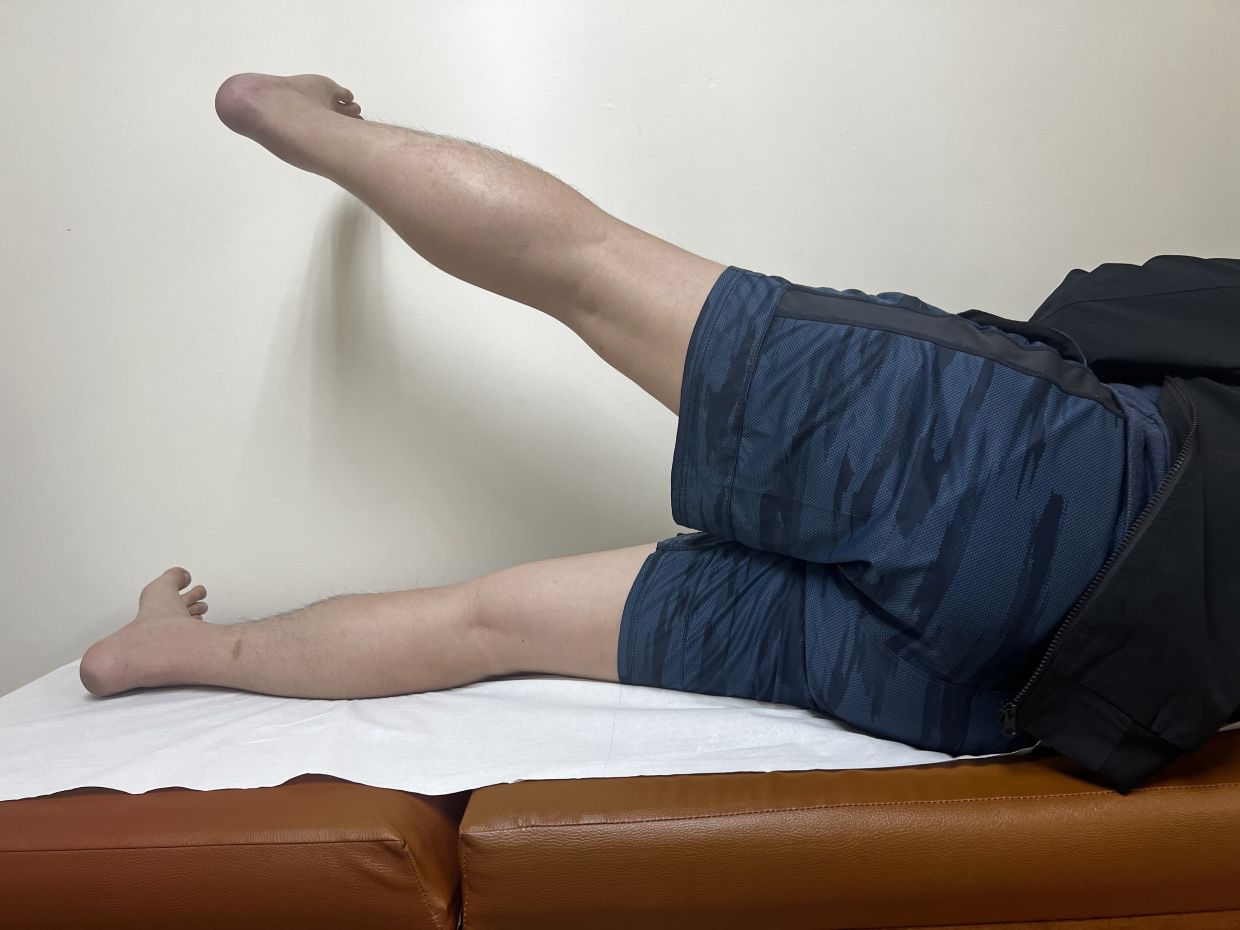OVER the last decade, hip and knee replacement surgeries have undergone significant advancements, resulting in superior outcomes in terms of reduced pain, faster and better functional recovery, longer estimated lifespan of implants and significantly safer surgeries.
One such improvement lies in the early mobilisation of patients, especially after a total knee replacement (TKR) surgery. Historically, patients are only able to walk one to two days after surgery due to the pain and weakness. With muscle-sparing approaches, some patients may walk within a day or even within hours after surgery while a few may be able to climb the stairs the next day.
Early mobilisation has proven to reduce some of the more serious risks of this surgery such as deep-vein thrombosis (DVT) and pulmonary embolism.
The rise of robot-assisted surgeries and improved precision
In the past year, improved and more precise versions of robots assisting in surgery have arrived on our shores, promising improved function after surgery and projected longevity of implants.
While robots are being used to improve outcomes of routine total hip and knee replacement surgery, this versatile tool can be harnessed to do so much more.
One such example is the surgical management of severe isolated patellofemoral osteoarthritis (PFOA). This particular pattern of arthritis is rare and conventional TKR may lead to poor functional outcomes as the normal parts of the joint and ligaments are unnecessarily replaced. Robots now empower more surgeons to perform a limited patellofemoral replacement, previously not widely done due to the technically demanding nature of this surgery done conventionally.
In the past 7 decades, total hip replacements (THR) are routinely done via posterior or lateral surgical approaches to the hip. Both these approaches involve cutting major muscles to access the joint and often lead to prolonged or permanent weakness of the muscles. Over the past 15 years, a direct-anterior approach (DAA) to the hip was progressively modified to allow total hip replacements to be done via this approach.
The advantage is that muscles are separated instead of cutting to access the joint, hence there is no or little loss of muscle power of the hip. This approach has not been routinely performed in Malaysia due to its technical complexity, compounded by the relatively smaller size of Asian hips, increasing the margin of error.
However, with robotic-assisted THR, not only is the positioning of the implants, the accurate restoration of the limb length and superior functional outcomes assured; the robot allows surgeons to adapt DAA for THR surgery.
This offers patients early recovery from surgery with little or no muscle weakness in addition to a better range of movement of the hip with reduced fear of dislocation.
A muscle-sparing approach to the knee, which allows for early mobilisation and rapid recovery after surgery lead to the first daycare TKR surgery to be done in Malaysia in 2021. Currently, with the muscle-sparing direct-anterior approach to the hip, similar superior outcomes are to be expected with hip replacements.
The combination of these superior surgical techniques with state-of-the-art robotic technology provides safe and reliable options for patients suffering from end-stage hip and knee arthritis today.
Datuk Dr Siva Kumar Ariaretnam is a consultant orthopaedic surgeon at SJMC.








